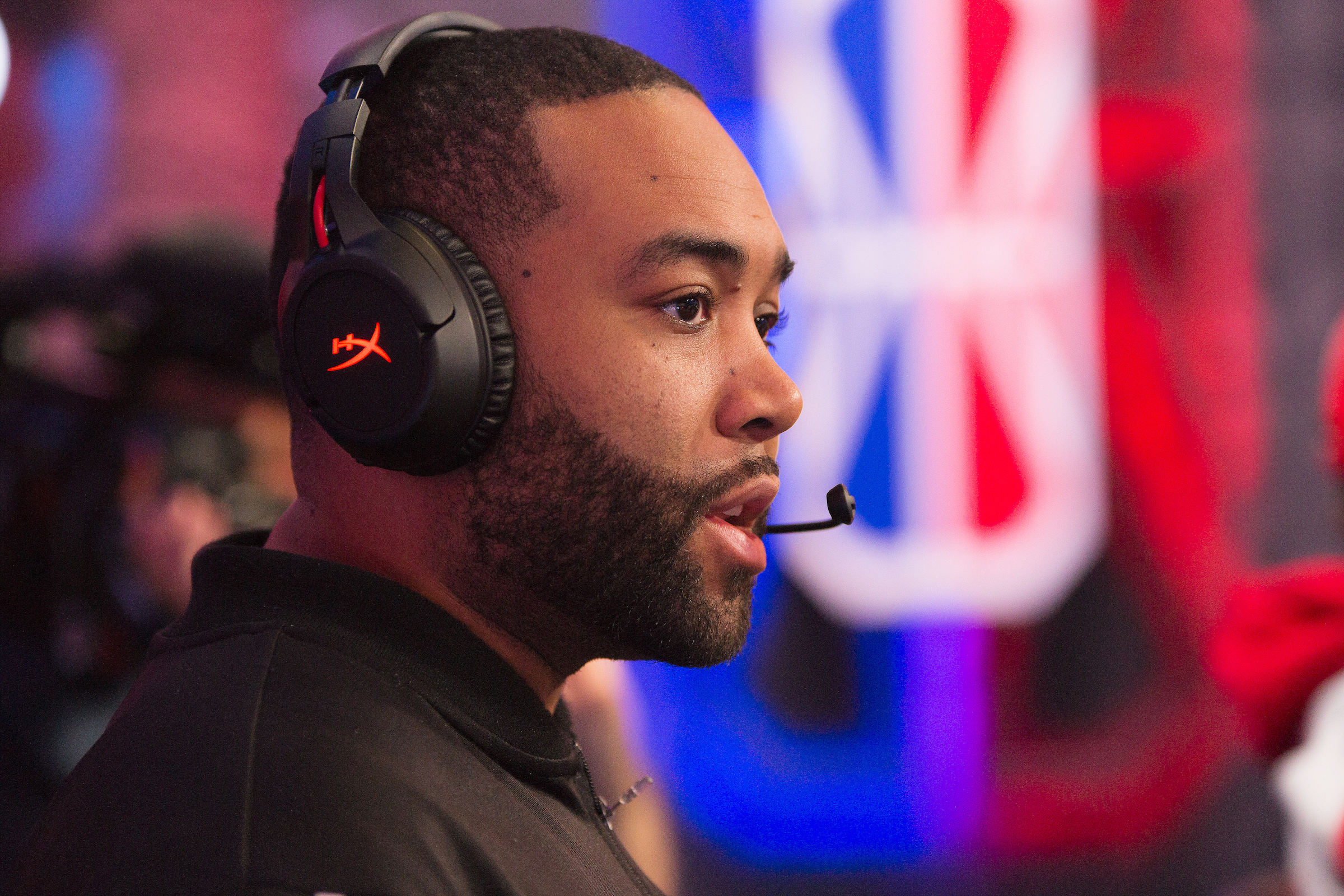
For Khari Arnold, the senior producer at NBA.com, his routine for creating content would change for what seemed to be the foreseeable future when the NBA indefinitely suspended its season on March 11, 2020, after Utah Jazz All-Star Rudy Gobert infamously tested positive for COVID-19.
The COVID-19 outbreak changed the way sports media content is broadcasted and reported. With the health and safety of the staff and the athletes as the top priority, sports media companies and leagues had to come up with new guidelines to prevent the spread of the virus in the workplace.
Teams and leagues acted fast. They implemented social distancing rules when interviewing players after games at the broadcast booths and changed all meetings from in-person to group Zoom calls, the main proponent for Khari Arnold and NBA.com.
The NBA shutdown was abrupt. It shocked the sports world. Nothing had ever caused a significant sporting league to shut down for over three months. The shutdown left many of the people working for the NBA and NBA.com in disarray and confusion. There were many questions and no real answer, as no one ever imagined something this extreme could ever happen.
“Initially, I didn’t picture basketball being out until August, just the way it all unfolded. It was a time that was confusing, a time that was just filled with unprecedented thoughts,” Khari Arnold said. “I’ve never thought about, what if the NBA doesn’t come back and they start doing some type of layoffs.”
With no games to cover, sports media outlets had to figure out ways to invigorate their audiences without producing any new content. These companies had to take it one day at a time and report any new developments throughout the four major sporting leagues.
With sports outlets like NBA.com having their employees working from home, Arnold and his employees had to act fast to put out the most content at an efficient level.
“When I got back to work, I turned a bedroom into an office,” Arnold said. “It took a lot of planning and executing that was unprecedented, thinking of story ideas I’d never thought I’d be thinking of. Coming up with the different types of content to last us during a period of inactivity for months during the spring and summer.”
While COVID has provided many challenges and changes in the sports world, putting out content for consumers has been a smooth process for Arnold and others at NBA.com. Zoom calls have allowed writers to become expendable while working from and joining meetings from wherever.
“It’s all about perspective,” Arnold said. “If one of my writers is in Chicago, and they need to talk to (Phoenix Suns guard) Devin Booker for a story––and you know the Suns may not be coming to Chicago anytime soon, but they’re coming to Atlanta this weekend––I’m going to go to State Farm Arena and I’m going to ask those questions for him and I’m going to send it to him.”
Covering huge NBA events like the draft, the Orlando Bubble and the NBA Finals proved to be no problem as Arnold and his team were prepared for the unpredictable world of sports. NBA.com sent two writers to the bubble and had the rest of the team cover the games from home.
Working from home gave people who are always on the go and covered 30 teams what Arnold describes as a “healthy work/life balance.” The pandemic impacted many lives, but sports will continue to give athletes, fans and media like Arnold some light following a dark time in sports history.
